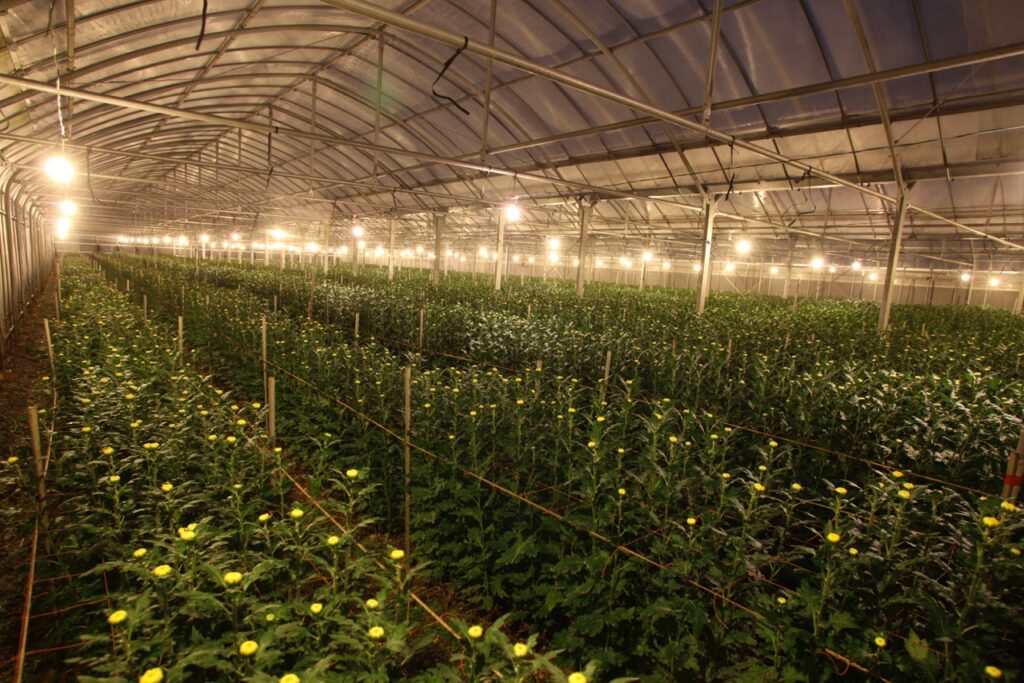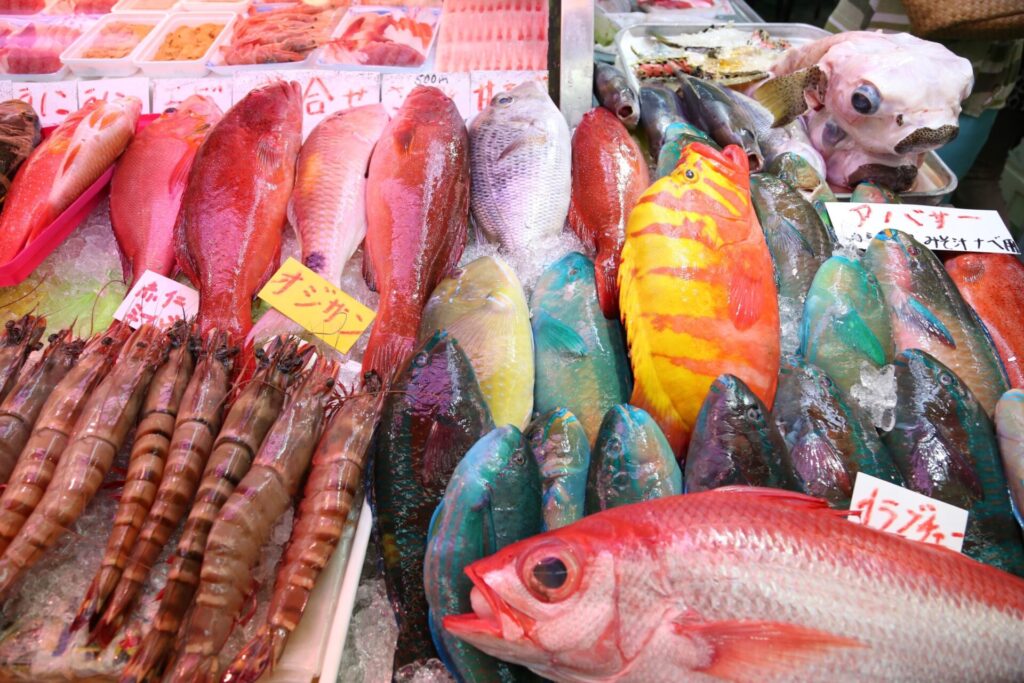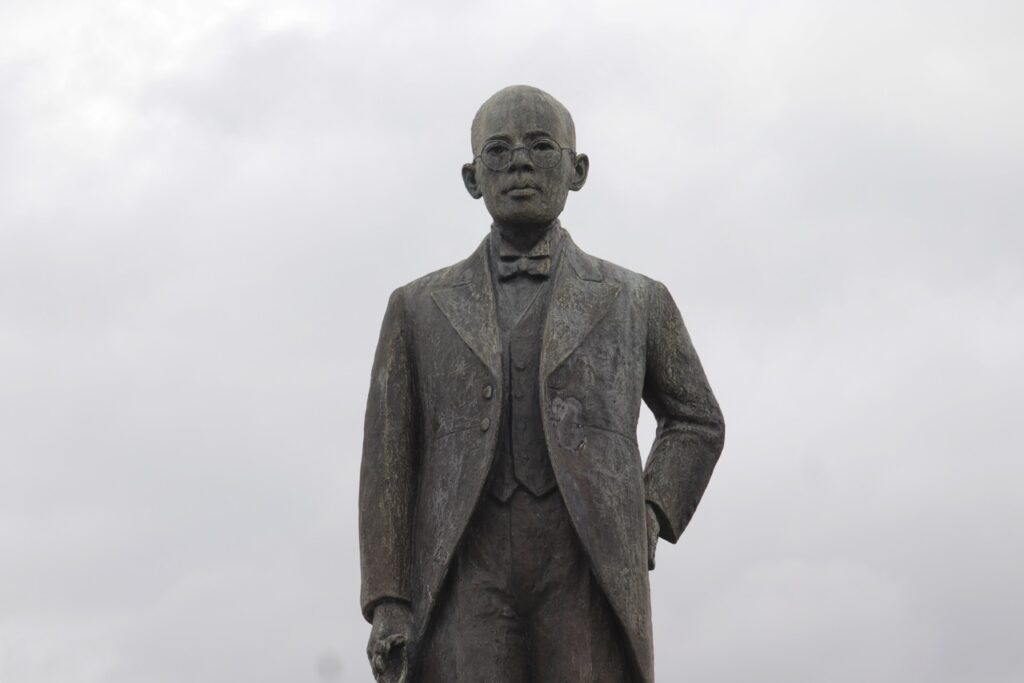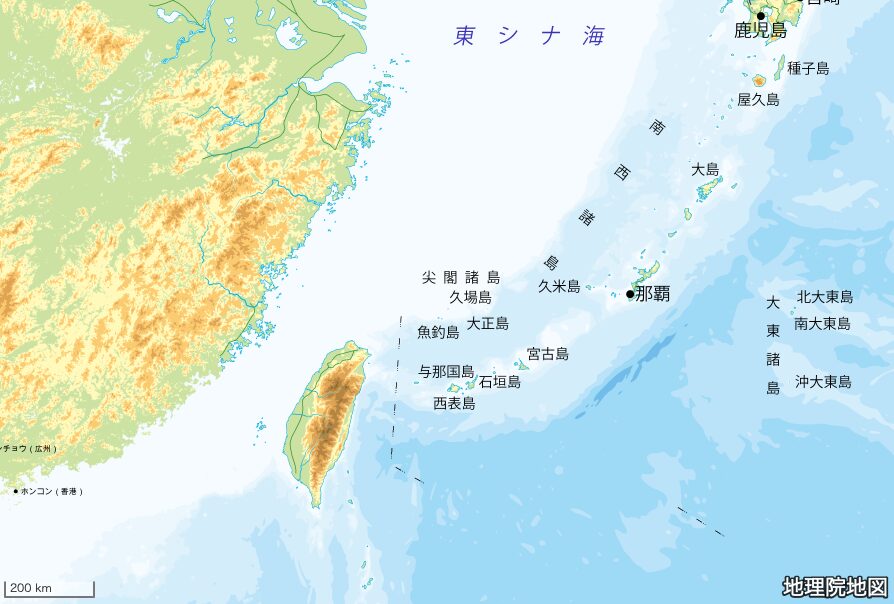Medicinal Herbs

On a corner along the building of the Public Market in Naha, there is a row of street vendors selling medicinal herbs. They look delightful, yet reliable. There are all kinds of names: gin-nemu tea, kumis kuching tea, sugar-lowering tea, utchin tea, or even nose-curing tea. Not that I was ill anywhere, but I got tempted to buy some.
Other than in forms of tea, there are dried utchin root or its powdered version, as well as mountain-high piles of dried leaves, barks, or roots of various plants, such as loquat leaves, firafa gusa, hamamāchi, or dokudami. These are not only brewed into tea but can also be used as spices in cooking at times.
Okinawa had close ties with China through the tributary trade known as Sappōshi, hence we can say that the Chinese manner of thinking Ishoku Dougen1 is one outcome of this exchange. The word kusuimun, for example, means to eat as a medicine. Hījā (goat) dishes are an Okinawa specialty: thus, to eat hījā can be said as “hījā gusui”2.
Although they are medicinal herbs, it’s not that they’re secret miraculously healing plants uniquely growing in Okinawa. Gin-nemu tea might be an exception, however ukon, ōbako, benihana can all be seen in mainland Japan as well. I guess it shows how practices of herbs as daily medicines are employed strenuously to this day.
I heard from a friend whose mother lives in Okinawa City that she brews ōbako or yomogi for her family when they get ill. The old lady picks the leaves during her walks and dries them for stock. It is a common habit in households in which elderlies live.









































































































































































































































